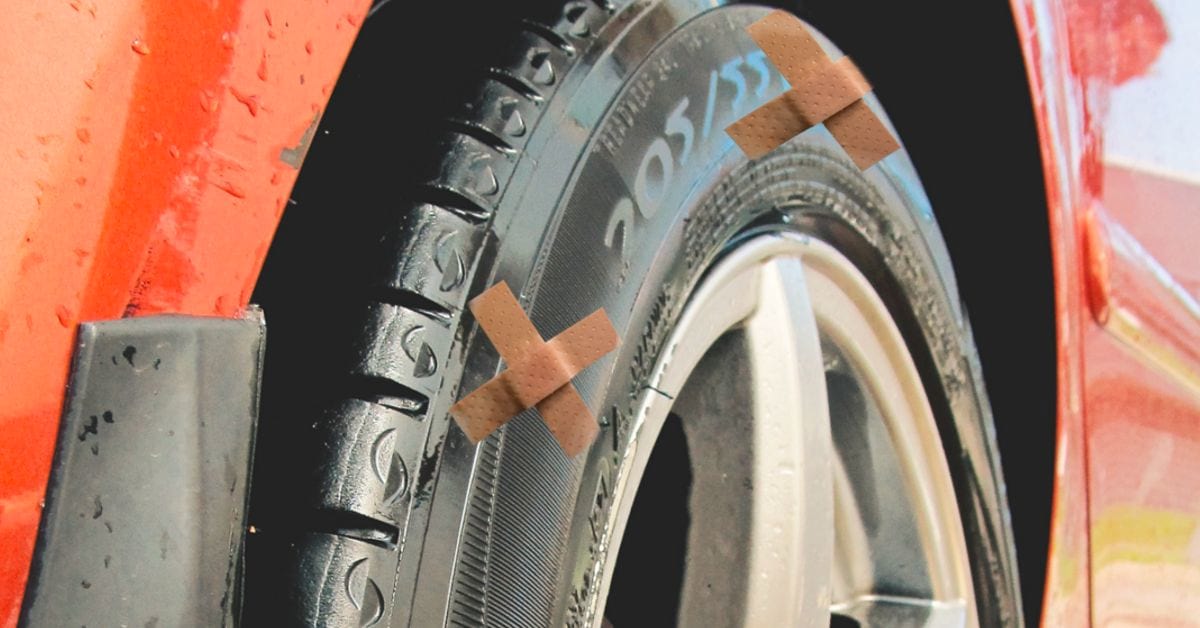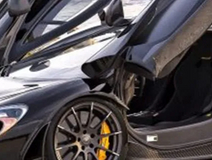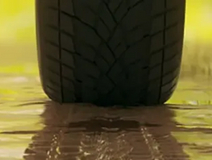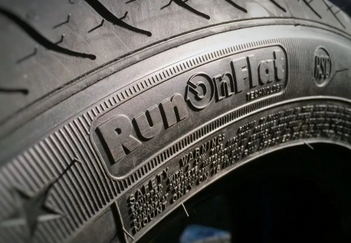
Nov.27, 2023
Self-Repairing Tyres: Paving the Way for the Future of Tyre Technology
We've all been there – a flat tyre, a nail in the wrong place, and a day suddenly taking an unexpected turn. But what if we told you that flat tyres and the need for repairs could soon become relics of the past? Imagine tyres that can patch up their wounds, allowing you to drive without the constant worry of a flat. Enter the era of self-repairing tyres, a game-changer in tyre technology.
The concept of creating self-healing materials is not new. In 2013, scientists at the Spanish Centre for Electrochemical Technologies (CIDETEC) discovered a material that regained 97% of its original stability within two hours of being cut with a razor blade. Due to its self-healing properties reminiscent of the "T-1000" character in the "Terminator" movies, this material was dubbed the "Terminator Polymer.[3]" and it has since made its real-world application in a variety of products.

Breaking Free from Tradition: Advances in Tyre Material Science
Traditionally, making tyres involved a process called vulcanisation, dating back to 1839. This technique, a brainchild of Charles Goodyear, introduced sulphur and other additives to rubber, turning it into an elastic state at high temperatures.[1] The catch? Once those links between molecules were formed, there was no going back. Any damage meant you were stuck with a flat tyre and a trip to the tyre shop.
But here's where the breakthrough happens. Scientists are tweaking rubber at a molecular level, sidestepping vulcanisation. This means your damaged tyre could be back on the road within a week, with a little help from some heat. The result? Rubber that can handle a stress of 754 pounds per square inch[2].
Turning the Wheels of Progress: The Evolution of Tyre Tech
Now, tyre manufacturers aren't new to the idea of self-healing. Continental and Michelin have models with innovative solutions, using viscous coats and sticky rubber compounds to fix holes under the tread permanently. It's a step in the right direction, but there's more.
Companies like Finixx are taking it up a notch with multi-layered materials beneath the tread. These tyres boast thin steel layers that can handle punctures from nails or glass, preventing blowouts. Imagine a material called "Mix SIS," a concoction of various metals and materials that keeps your tyre intact while thwarting sharp objects.
Run-Flat Tyres: Keeping You Moving
In recent years, more and more tyre manufacturers have developed their own versions of run-flat tyres. These technological marvels keep you going even after a puncture. They are reinforced to bear your vehicle's weight for a limited time, allowing you to drive an extra 80 kilometres at a maximum speed of 80 kilometres per hour. That's precious time to reach a service facility or a tyre shop for a replacement without the urgency of an immediate tyre change.
The innovation of run-flat tyres aligns seamlessly with the concept of self-repairing tyres. Both technologies address the inconvenience of sudden tyre damage by providing drivers with options beyond immediate replacement. While self-repairing tyres focus on autonomously healing minor damages, run-flat tyres offer a temporary solution by supporting the vehicle's weight for an extended period, giving drivers the leeway to reach a service centre without the urgency of an immediate tyre change. The combination of these advancements signifies a promising future for resilient and user-friendly tyre technologies.
Self-Sealing Tyres: A New Level of Defence
Then there are also self-sealing tyres, which are like siblings of run-flat tyres. These contain a unique mechanism featuring a sticky, dense liquid within the tyre that instantly seals punctures of 5mm or less in the tread. This technology transforms the driving experience, offering a temporary fix for minor punctures caused by nails, screws, or sharp objects. Regardless of your journey's location, the self-sealing feature ensures a smooth ride until a professional repair is possible.
In a nutshell, self-sealing tyres and run-flats tag-team against punctures, offering immediate fixes and complementing the autonomous healing focus of self-repairing tyres. This collaborative leap promises a future where drivers confidently navigate roads without the constant concern of flat tyres delaying their journeys.
The Road Ahead: The Future of Tyre Tech
As we peer into the future, the prospect of self-repairing tyres becoming commonplace is on the horizon. While there is still much development and improvement needed, the promise of safer driving conditions and accident prevention is on the table. Here's to hoping these innovations come standard with every tyre sooner rather than later so we can all enjoy smoother journeys without the flat tyre anxiety. Until then, drive safe!
Learn about all things tyres by browsing through Tyroola's blogs and guides catalogue to help you make more informed tyre choices.
[1] https://en.wikipedia.org/wiki/Vulcanization
[2] http://phys.org/news/2015-09-toward-tires-that-repair-themselves.html
[3] http://io9.com/an-incredible-new-polymer-that-heals-itself-to-97-effi-1334291702



